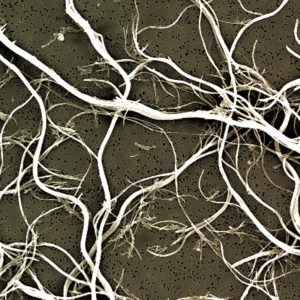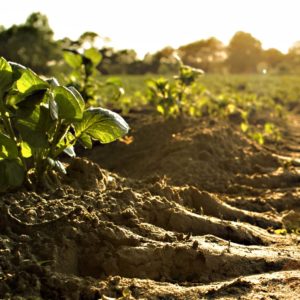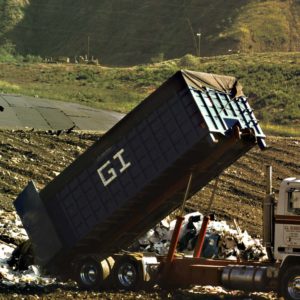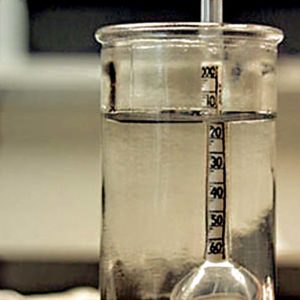Issue Date: March 2020

This discussion paper is a continuation of the series of discussion papers that the SoBRA asbestos sub-group has published since 2015. In 2013, SoBRA identified a number of research gaps that had direct relevance to the risk management of asbestos in soil. One of these was the lack of a collective understanding on what typical background concentrations of asbestos in soil across the UK were. To provide a complementary line of evidence to Defra’s recently published Research Project SP1014 (Establishment of typical background levels of dispersed asbestos fibres in urban and rural soils in England and Wales), SoBRA issued a request to major UK soil laboratories to provide SoBRA with anonymised asbestos in soil data. The principal aim of this paper is to provide a factual presentation of the data provided by the laboratories. The information presented may be used by risk assessors and decision makers as a line of evidence as they see fit.







